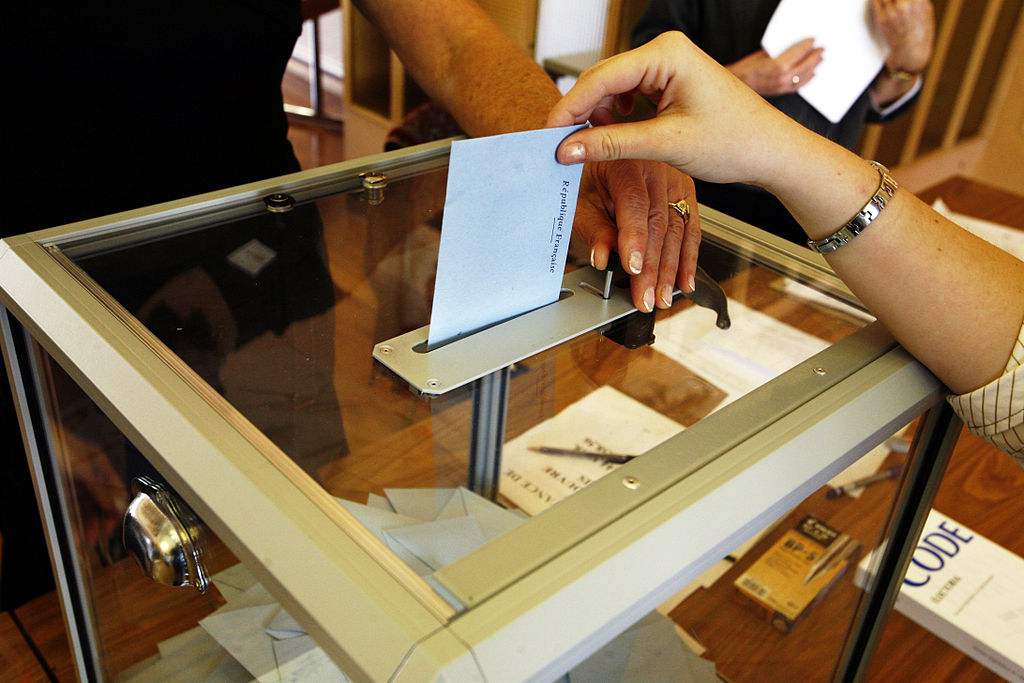Direct vs Indirect Democracy
Direct and Indirect Democracy are two separate types of democracy, each with their own differences. There are various political systems and governance forms in different countries worldwide, ranging from dictatorship, autocracy, and monarchy to various types of democracy and, finally, communism and socialism. Despite its limitations, democracy is the most utilized political system by a majority of nations globally. This article will focus on the differences between direct and indirect democracies.
What is Direct Democracy?
Democracy is defined as a rule of the people, by the people, and for the people, emphasizing that democracy has the potential to fulfill the hopes and aspirations of a nation’s people. Their voices are considered in deciding policy issues related to matters of importance to them. There are two types of democracy: Direct and Indirect.
Direct democracy occurs when people’s voices are heard directly and counted in the form of a referendum, such as the one in California when people voted on laws concerning gay marriages. The best examples of direct democracy are referendums held in many countries on important public matters to help legislators create or enforce changes in existing laws. However, direct democracy is not always used, and in matters of grave concern, only elected representatives have the power to decide their populations’ fate.
What is Indirect Democracy?
Government formation and deciding on matters important to a country’s people is challenging if left to the people. Thus, there is an election system for representatives who become legislators in the parliament. This is known as indirect democracy, as representatives are elected by the people and represent their views, likes, and dislikes.
However, this system can be distorted as legislators may become disconnected from the reality on the ground and often get involved in corruption due to the power they hold. They may forget that their power is limited and that they must face the electorate after a few years.
Unlike Direct Democracy, Indirect democracy involves people electing their representatives to make or amend laws in the parliament.
What is the Difference Between Direct and Indirect Democracy?
In indirect democracy, people elect their representatives to make or amend laws in the parliament. Direct democracy occurs when people’s voices are heard directly and counted in the form of a referendum, such as the one in California when people voted on laws concerning gay marriages.
However, in most countries, indirect democracy is professed and practiced as it is commonly felt that the average person is not mature or intelligent enough to make decisive decisions on important matters. Occasionally, direct democracy is practiced to decide simple matters, but indirect democracy is mostly practiced to decide matters of great importance.
Key Takeaways
- Direct democracy occurs when people’s voices are heard directly and counted in the form of a referendum.
- Indirect democracy involves people electing their representatives to make or amend laws in the parliament.
- Most countries practice indirect democracy, as it is commonly believed that the average person is not mature or intelligent enough to make decisive decisions on important matters.
